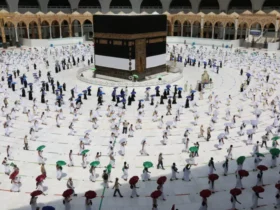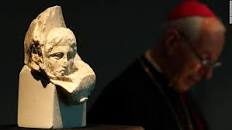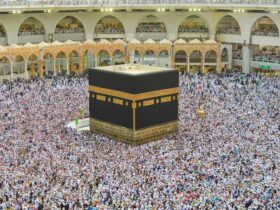By Christian George
The Vatican has resolved to return three sculpture fragments which has been part of Vatican Museums’ permanent collection for the past 200 years to Greece.
According to CNN, officials signed off on the “donation” of the 2,500-year-old fragments which show the heads of a horse, a bearded man and a boy in a special ceremony at the Vatican on Tuesday attended by figures including Barbara Jatta, the director of the Vatican Museums. The Vatican previously announced plans to return the sculptures in December, shortly after Pope Francis met with Ieronymos II, the archbishop of Athens and Greece, and the head of the Greek Orthodox Church in 2021.
The Parthenon fragments are billed to arrive Athens on March 24 with a special ceremony planned to receive them.
Papamikroulis Emmanouil, who attended the signing ceremony on behalf of Ieronymos II, said in a statement that the agreement marked “a historic event,” adding that he hopes that Pope Francis’ gesture would “be imitated by others.” He also suggested the move “partially compensates for” traumas resulting from injustices of the past.
Parthenon was a richly-decorated temple on the Athenian Acropolis built by Pericles between 447 and 432 BC.
Sculptures removed from there were housed at British Museum in London, the Louvre in Paris and the Kunsthistorisches Museum in Vienna.
Italy was said to have set a precedent for their return last year, when Palermo’s Antonino Salinas Regional Archaeological Museum transferred a fragment to Athens showing the foot of a goddess peeking from the bottom of a tunic.
While Vatican has made moves to return the marbles, Elgin Marbles at British Museum removed in the 19th century are under negotiation for its return.
Cardinal Vérgez during the signing ceremony hoped that returning the marbles would help countries build stronger ties.
“This gesture aims to build bridges of fraternity and show the world that a road of dialogue and peace always exists, as we hope will happen in the ongoing conflict in Ukraine,” adding that “the Pope’s art collection must become an important point of contact between peoples, faiths and the churches, overcoming every barrier,” he said.









Leave a Reply